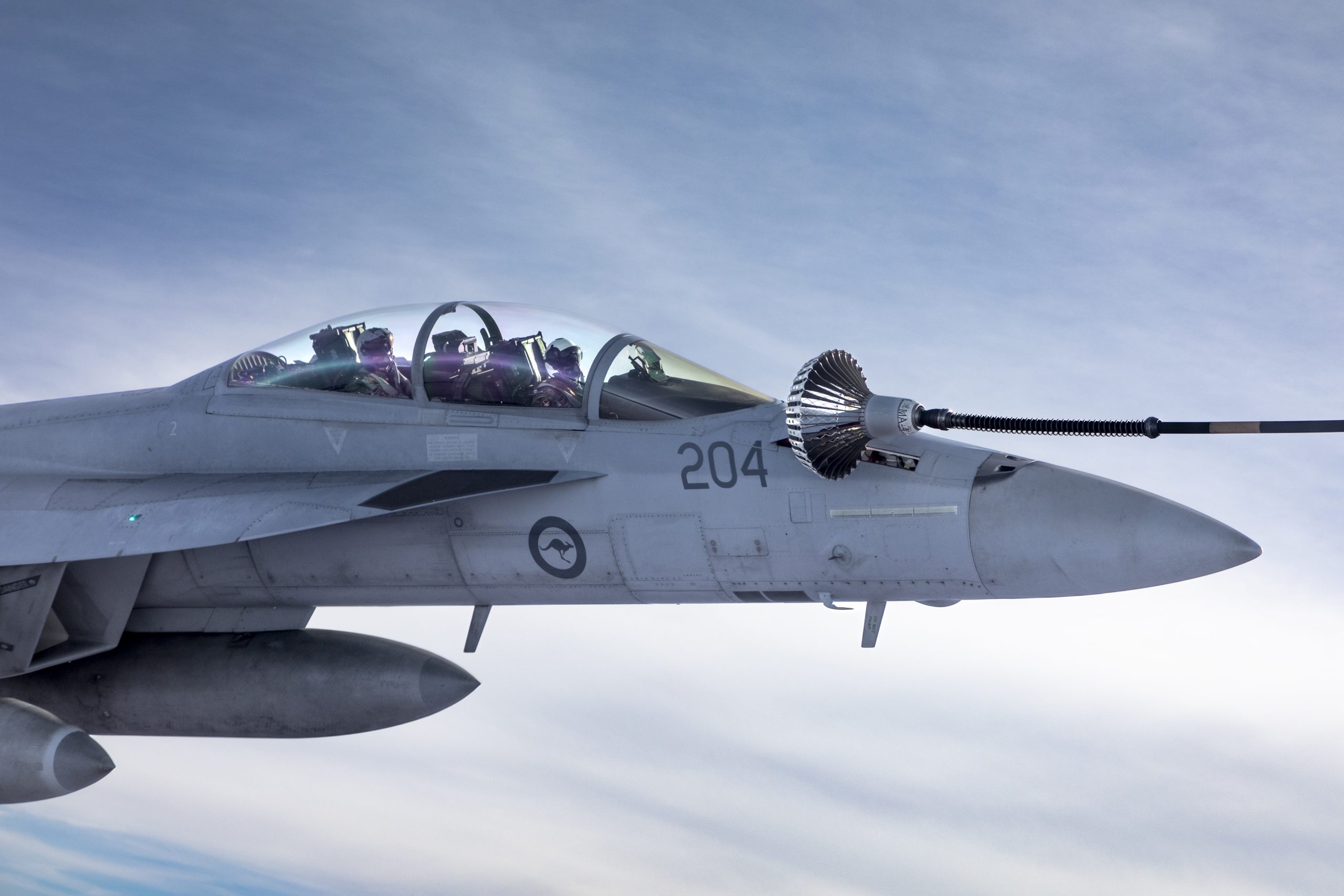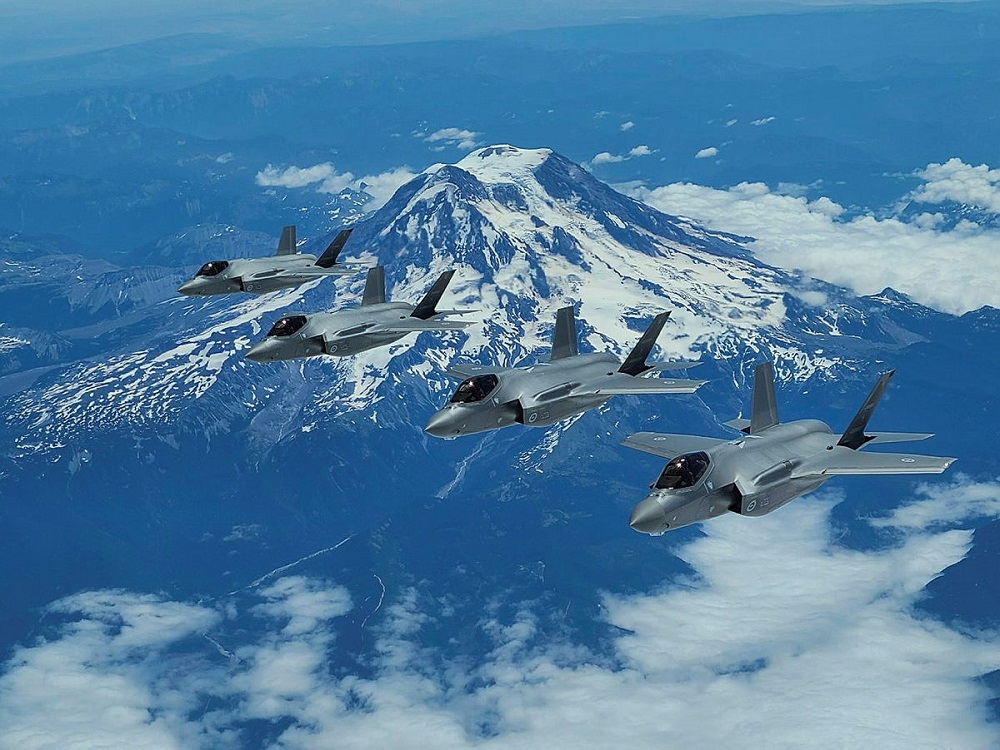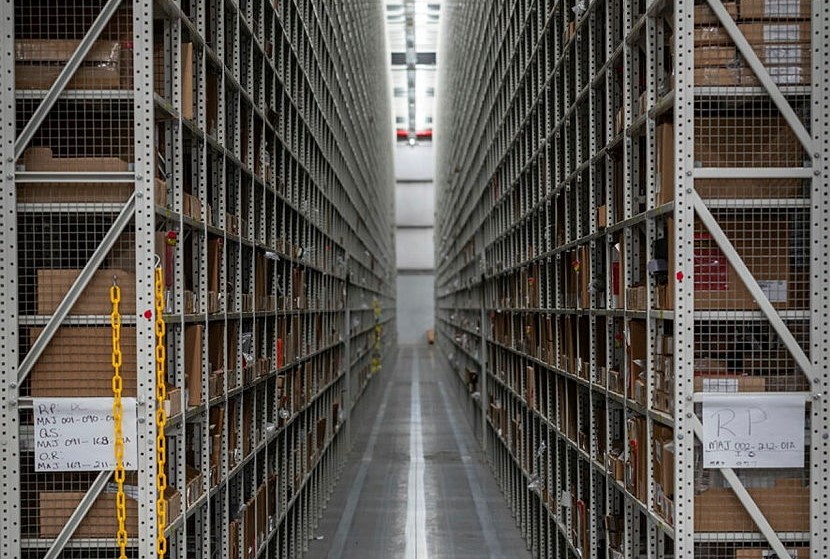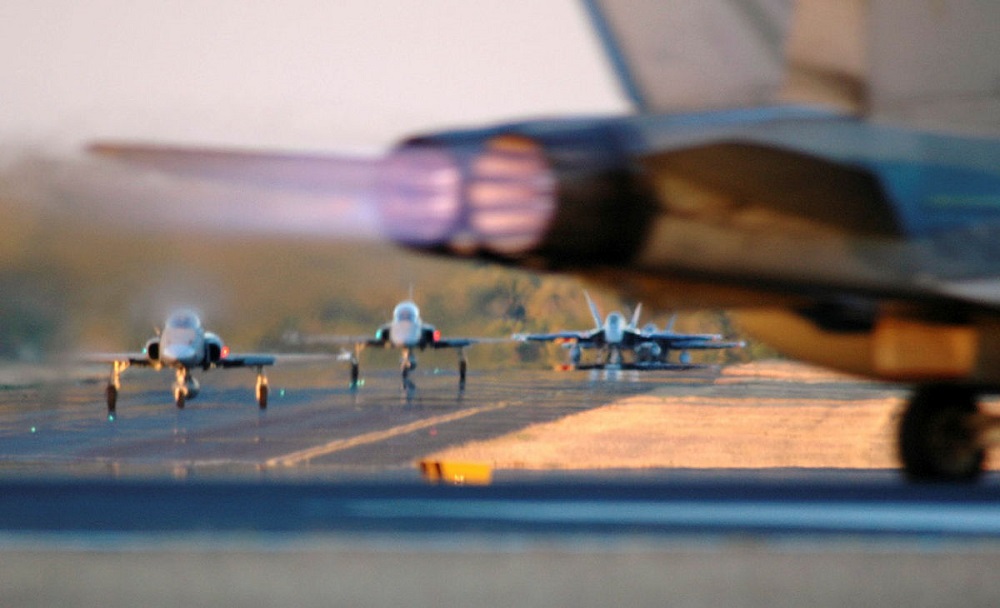From the Bookshelf: ‘Australian Defence and Deterrence: A 2024 Update’

In Australia’s Defence and Deterrence, long-time analyst of global defence issues and frequent commentator on Australian defence Robbin Laird has written another timely book. He provides a constructively critical and expansive update on the Australian Defence Force.
He does so by asking important questions and drawing on presentations delivered at the April 2024 Sir Richard Williams Foundation seminar and related interviews capturing the essence of Australia’s current and anticipated defence challenges. Laird has a sharp eye for detail and for flawed arguments, concepts and resource allocation priorities. He carefully captures the essence of the arguments made about a wide range of presenters and offers compelling insights drawn from his conclusions.
A key concern raised in the opening chapter (with John Blackburn and Anne Borzycki) is that:
Despite the aspirational phrasing and free use of the terms ‘soon’ and ‘sooner’ in numerous political statements, there is no significant new financing for [Defence Strategic Review] implementation this decade …. The failure to resource the DSR adequately could mean that our deployable military operational capability will be less at the end of this decade that it is today and this right when the threat envisaged by the review could appear.
Citing Colonel David Beaumont, a logistics expert, Laird says ‘The challenge now is to prepare for a different scale and intensity of conflict which simply does not comply with limited sustainability and just-in-time logistics.’
Working more with the neighbourhood is identified as critical as well, as is the ability to leverage Australian geography for strategic purposes, as Chief of Army Lieutenant General Simon Stuart observed.
Air Commodore Mick Dorant tells us the ability of air power to deliver impactful projection within our maritime approaches ‘requires a combination of effective defence, combined with a series of highly integrated multi-domain offensive counters as part of the integrated force and in conjunction with allies and partners. This is how air power will deliver a strategy of denial in our key maritime approaches.’
This view is complemented by that from former secretary of home affairs and Defence deputy secretary for strategy Mike Pezzullo, who says:
21st century defence is not narrowly focused on the ADF and long-range investments in a future force. All one has to do is to look around you and find the activity of the multi-polar authoritarian world and the end of the American-led ‘rules-based order’ to understand the future is now.
Laird says that, in his view, ‘this is a key measure of the credibility of Australian deterrence by denial or whatever other term you might use.’
Drawing on the insights from Major General Anna Duncan, commander of Cyber Command, Laird says:
Grey zone conflict, in my view, goes hand-in-hand with information warfare …. We’re in a long-term competition with authoritarian powers, but it’s like it was 1949 in terms of how for managing this rivalry to our advantage …. Taiwan and Ukraine are not sideshows to global conflict: they are the early test cases of competition in a second nuclear age …. Limited War …. That is what is going on today in cyber and outer space.
On AUKUS, Laird says ‘it can too easily be used as a Rorschach image where one can see what one wants. It is not an end in itself. If meaningful, it is a gateway to solving a strategic challenge.’
Laird discerned that to make AUKUS work, the Australian Government ‘is shifting resources from the Air Force and the Army and from the surface fleet to pay for a new fleet of eight SSNs …. How then to ensure that the ADF is effective in the next five years?’ Making matters worse, he argues, ‘war in Ukraine has exposed the Achilles heel of Western defense, namely the lack of magazine depth. Munitions and weapons have been in perilously short supply.’
He says the presentation by James Lawless on autonomous systems in the maritime domain ‘raises the specter of how a pathway could be shaped to carve a way ahead.’ Laird sees this as only a partial panacea, though, as ‘cuts in capability such as the fourth F-35 squadron are really and decisive reductions in the current force, the only one which adversaries see and take account of.’ He also doubts the effectiveness of future-oriented defence planning, asking rhetorically ‘How well did we forecast 2020 when we were living in 2019?’
Laird also draws on Vice Admiral (retired) Tim Barret, who highlighted that ‘the surface combatant review took an eye to considering autonomous systems but considered them a generation away. But the reality is that we are already down the autonomous systems path now.’ Laird makes the point: ‘The technology has arrived, but our organisational culture and structures are not changing to be able to use it. It is, he argues, a form of structural disarmament.’ Nonetheless, he sees hope with the arrival of the Triton remotely piloted aircraft:
This is much more than a simple additive to the ADF in pursuit of advanced ASW capabilities …. It can operate outside of the primary weapons engagement zone, it can function as a quarterback to deliver ISR throughout a very large swathe of the battlespace.
Laird looks to Defence Connect’s Stephen Kuper, whose suggestion for strategic re-design, builds ‘on the ability to directly defend Australia out to its first island chain and to become a more credible strategic reserve for its allies in the region’—in effect, ‘building a mini-arsenal of democracy in the region.’
A key consideration to make such a strategy work, Laird argues, ‘is to engage society in the defence of Australia, rather than relying on the ADF to be the sole segment of society responsible for defence.
Drawing on the thoughts of Jennifer Parker, Laird pointed out that ‘the importance of involving society and the economy in a broader conversation about defense and security, and the need for expedited capability acquisition to address existing gaps and emerging threats …. Any consideration of national security strategy must start with assessing Australia’s critical vulnerabilities across various domains, including political warfare, cyber warfare, and space, which affects its maritime interests.’
Laird also notes the view of my ANU colleague at the Strategic and Defence Studies Centre (SDSC), Andrew Carr. Informed by his historical research on Australian Defence policy, Carr observes that ‘The ADF was tasked with providing a variety of forces for a variety of missions without a real focus on the region. That has now shifted to re-orienting the ADF on the region and the most likely scenarios of conflict.’ Carr describes the strategy required as being
archipelagic deterrence, [which], with its creation of a secure southern bastion around Australia, deeply integrated with US power projection into the region, is likely to be better suited to the realities of distinct interests and capacities and ultimately will be more valuable to the management of major power strategic competition in the Indo-Pacific.
On the one hand, Carr argues, ‘the ADF now is being given a clear focus on what it is to prepare to do. At the same time, the government is facing the challenge of giving them the means to do so.’
In essence, Robbin Laird’s Australian Defence and Deterrence: A 2024 Update serves as a handy summation of the Defence challenges faced by Australia in a more contested world. It is also a clarion call to look beyond the tyranny of the politically urgent and let the rhetoric of the recent defence policy documents be matched with the reality, for the words to be matched with deeds, for the strategy to be resourced and acted upon with haste.









